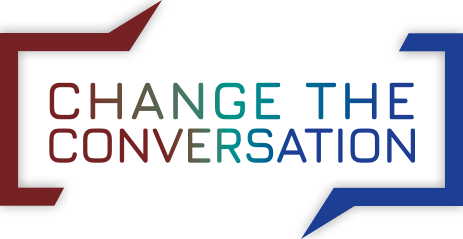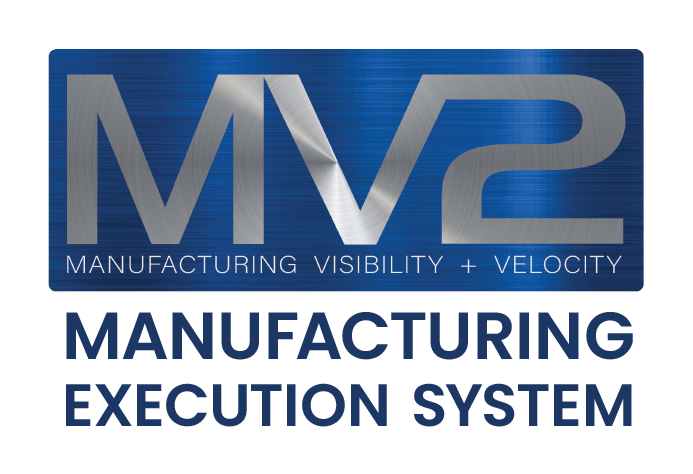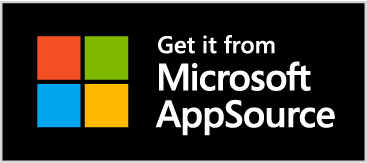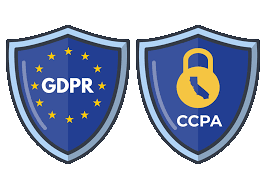Enterprise Resource Planning software is a suite of technologies used in manufacturing (and other product-based firms) to provide the most comprehensive and flexible information system available for managing production-based operations from a strategic management viewpoint.
ERP software helps companies support critical business processes such as accounting (financials), manufacturing (flow of production), sales (CRM), marketing, customer support (service), human resources as well as logistics & distribution. As a platform that brings all these operations together in one system, it can break down operational silos by integrating data from across departments. Connecting these departments’ data can ultimately lead to better business planning and decision making.
As ERP systems bring together many business areas under one umbrella, these areas can integrate with each other at a greater degree of granularity, giving access to information about customers, processes and suppliers. This synergy ultimately improves the whole supply chain management process. In short, enterprise resource planning systems make organizations more streamlined and efficient.
These software suites typically comprise of several modules, including:
Financial Management
This module deals with cash flow within an organization and looks at revenue, expenses, and budgets. The module encompasses the billing process for customers and suppliers, as well as the consumption of financial resources within the firm. It allows the firm to monitor cash usage against revenue to determine the efficiency and profitability of certain product orders, corporate divisions or locations. Ultimately the ERP can collect the bulk of the necessary information to make strategic and tactical decisions in support of the goals & needs of the firm.
Material Management
Here the focus is on purchasing of raw materials, subcontracted services and supplies and their routing or storage until they are needed for production. The module also provides control of finished goods during warehousing. More specifically, material management includes the oversight of picking, packing, and shipping products to customers or outside vendors.
Manufacturing / MES
This is where raw materials are turned into finished products. To more effectively manage this aspect, manufacturing functions may require different software to fully oversee the processes involved. Here’s where an MES usually comes in. Manufacturing Execution Software (MES) systems are the primary tool for providing this oversight and increased levels of detail. MES systems are designed to work directly with the production systems and processes to distribute production instructions, monitor performance and route resources effectively. These MES systems can (and ideally do) report back production details to the ERP system.
Human Resource Management
Human resources deals with staff recruitment, training, and development. When HR operations are integrated into an ERP system, they provide the interactions necessary to understand the availability of workforce for production planning, as well as the costs associated with those resources. Performance factors such as attendance, level of training, experience and productivity can also be integrated into the overall management aspect. Although there is overlap at the more functional end, with MES systems, especially in the scheduling of human workers to jobs as they relate for production operations.
Sales & Customer Service Management
Some ERP systems also integrate components of the sales and customer service business areas. Connecting sales to the other modules allows this group to understand the underlying dynamics of the firm. This can translate into knowing production availability and if there are supply shortages that should be explained to the customer. It also gives visibility to production scheduling. Giving sales and customer service the capability to relay information about deliverability changes.
In summation, Enterprise Resource Planning Systems is the high-level software platform of choice predominately used by executive-level staff to assist in becoming more efficient, productive, and profitable.
ERP systems allow organizations to monitor their business performance against different areas such as costs, revenue, inventory levels, and resource utilization. The software also provides the opportunity for identifying areas where improvements are needed. As well as potential opportunities where the company can see greater performance and growth.
If you have further questions about ERP systems and the effects they’d have on your facility’s performance, contact ISE today. We have nearly 40 years of experience integrating and developing ERP and MES solutions.





